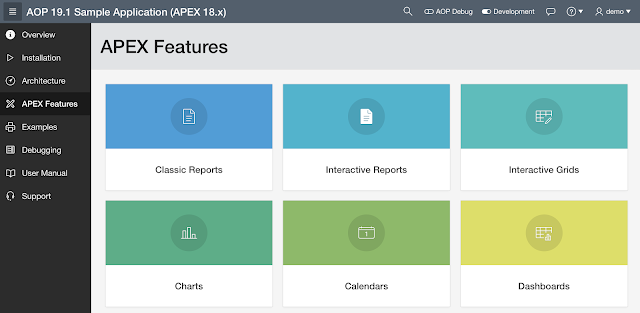In my opinion, there is no other free database in the world that will beat this. Below I will go in more detail why I like this Oracle XE18c so much, but first, let me show you Google actually knows the right answer too.
Google says "People also ask": "What are the top 5 databases available on the market?" and here Oracle is number one. The other question is "What is the best database software for small businesses?" Oracle number one again. If the question would be "What is the best database software for enterprise businesses?" Oracle is number one too, this is common knowledge.
Google's algorithm to answer the first question, just got it wrong. How can Oracle be number one and be the best, but not in the free section, whereas their best database is available for free? :)
Google allows you to comment on their search results, which I did:
Why do I like Oracle XE 18c so much?
When we talk about Oracle XE, we really talk about the full Oracle database in general. Yes, there are a couple of limitations, but nevertheless, you get the full feature set of the Oracle database! All the good stuff why Oracle shines is there: to have the best performance you can use partitioning and online index rebuilds (and in the future automatic index creation!), to increase high availability you have the full flashback technology to your disposal, for security Oracle has VPD, Real Application Security, Database Vault... Oracle plans to release a new version of XE every year too, so you have always the latest and greatest.
I should write another blog post why I like the Oracle database so much, but I encourage you to just try it and decide yourself.
Getting started with Oracle XE
If you just want to try Oracle XE, most likely the easiest way without hitting your system, is to go with the Oracle docker container. Here're the steps to get Oracle XE running in an Oracle docker container.
If you don't have Docker and Git yet, download and install first.
Open a Terminal or Command Prompt and run following commands:
git clone https://github.com/oracle/docker-images.git
cd docker-images/OracleDatabase/SingleInstance/dockerfiles
Download Oracle XE
Copy the oracle-database-xe-18c-1.0-1.x86_64.rpm in the docker-images/OracleDatabase/SingleInstance/dockerfiles/18.4.0 directory
Move on by running following command:
./buildDockerImage.sh -v 18.4.0 -x -i

docker images
docker run --name OracleXE -p 1521:1521 -p 8080:8080 -e ORACLE_SID=XE -e ORACLE_PWD=oracle -v /Users/dgielis/git/docker-images/OracleDatabase/SingleInstance/dockerfiles:/opt/oracle/oradata oracle/database:18.4.0-xe
To get a view in your database you can use Oracle SQL Developer. Here's how you connect to it:
The next thing would be to install Oracle APEX, so you don't only have the best database in the world, but also the best low code platform in the world, which works absolutely awesome with the Oracle database.























